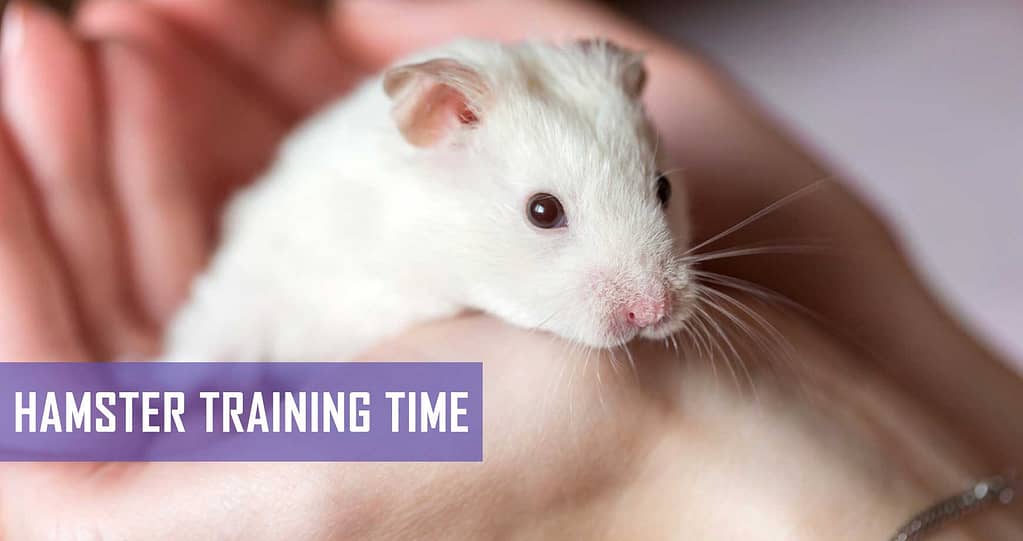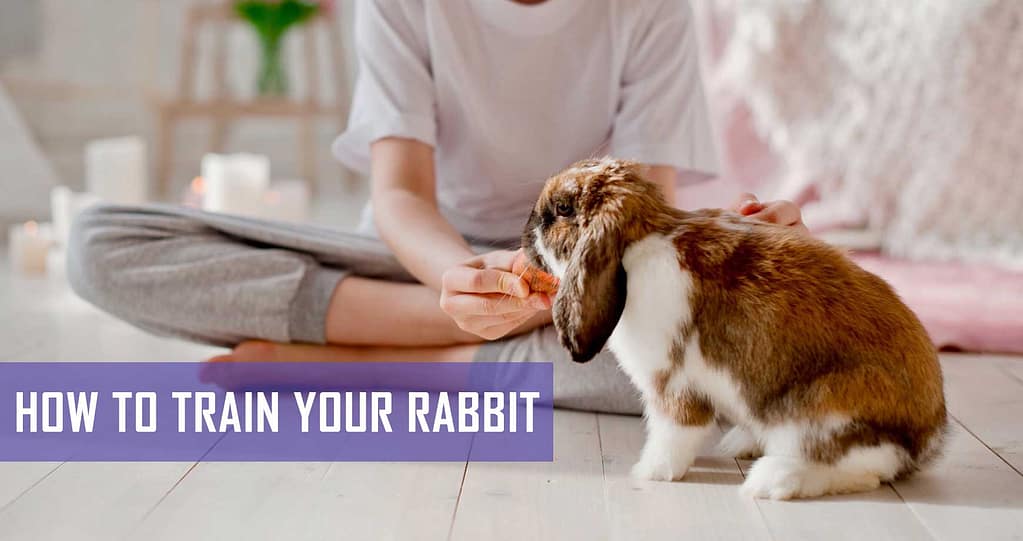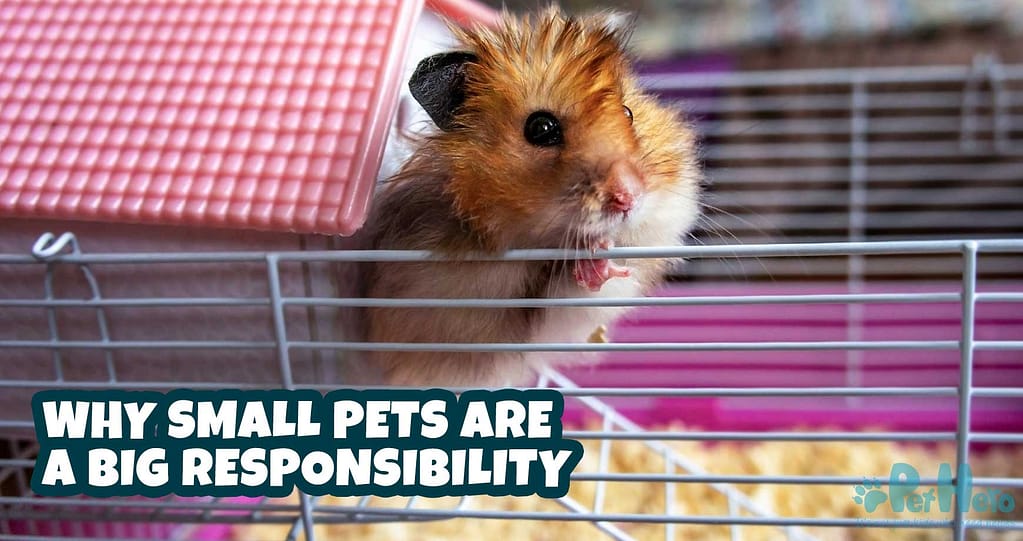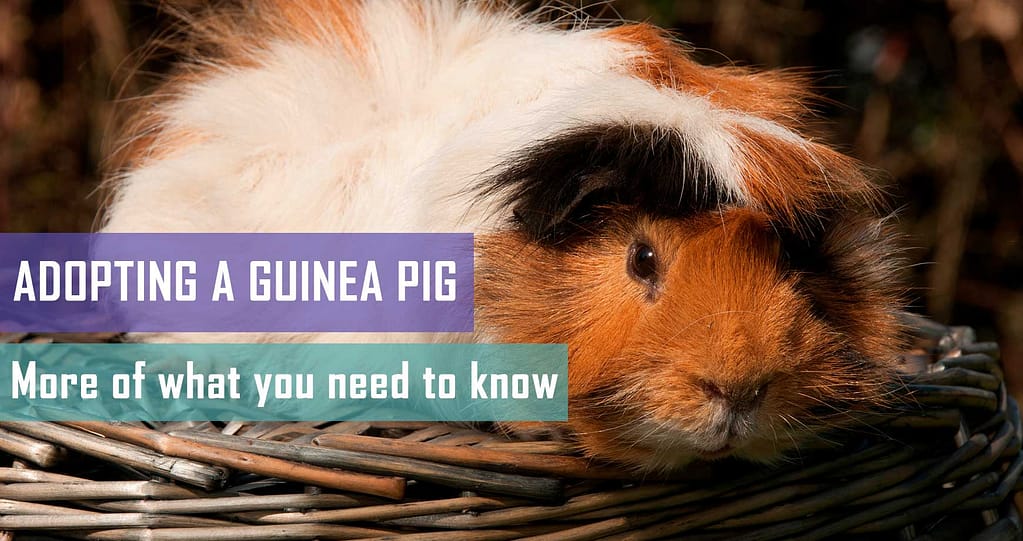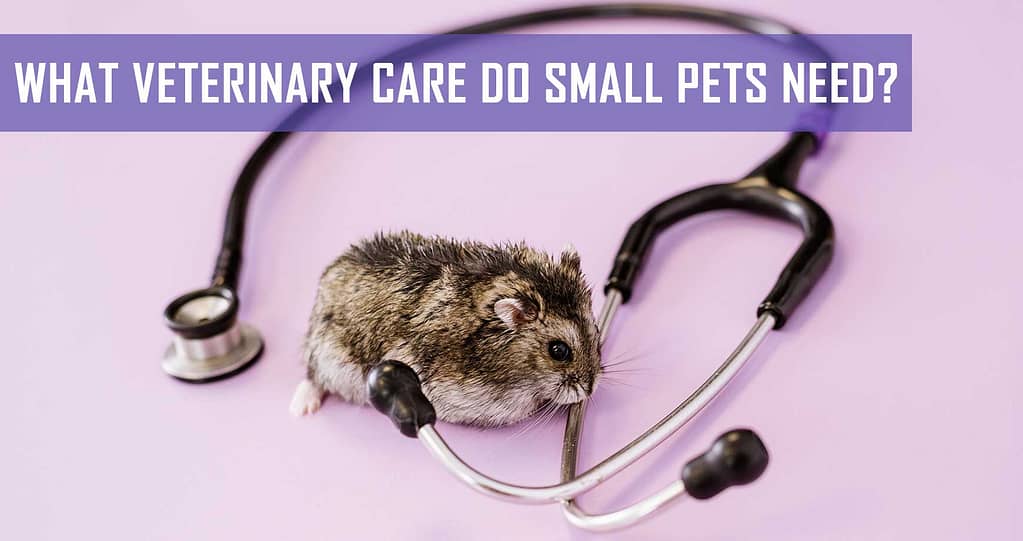What you need to know
Hamsters are appropriate ‘starter pets’ for children who want to learn the responsibility of caring for an animal, as well as low-maintenance furry companions for animal lovers who prefer the convenience of smaller pets. While hamsters aren’t known for their extensive repertoires of tricks and showmanship (show-hamster-ship?), there are ways that you can train your hamster to be a better human-bonded pet.
Welcome home!
Hamsters are not instantly sociable creatures and need to learn to bond with their human before they become interactive and engaging pets. They do need time to settle in to their new surroundings and be relaxed and familiar with their home environment – both their cage and the room it’s in. When you bring your hamster home, give him a few days to a week to settle before trying to handle and interact with him.
Creature of the night
Your hamster is a nocturnal rodent whose health depends on a quiet daytime and a dark night time. This means that his most active time will be at dawn and at dusk and the best time to train him would be early in the evening. Imagine being woken up at 2AM to entertain your friends… you can’t expect your hamster to thrive if you do the same thing to him, so leave him alone during the day.
Hamster training 101
While your hamster is getting used to his new home, talk to him calmly so that he starts to associate your voice with a positive experience in his general environment. He will soon associate you with the source of the rewards and be more companionable as time goes on. Every time you pass his cage or are sitting nearby, talk to your hamster in a gentle tone… soon you’ll be adding physical contact, so you want him to be used the sound of your voice.
Training tameness
Your hamster will be skittish and wary of you in the beginning, so you need to get him used to touch and being picked up. It’s best to approach him with patience, friendliness and consistency… and plenty of sunflower seeds – his favourite treat! A hamster’s trust is earned and he needs to learn that he can relax around you, so make sure his time with you is safe and enjoyable.
When your hamster has settled in, start to give him treats through the bars of his cage. When he takes the treat, say “Good” or “Come”, his name, or any simple word that you want him to associate with the treat and can use to call him in future.
Handling your hamster
It may take some time to get your hamster used to being handled, so approach this progressively. Place your hand in the cage, but do not try to corner or catch him – let him come to you. Use a sunflower seed or small piece of food to coax him onto your hand and teach him that your hand is safe. It may take a few attempts, but when you feel your hamster is comfortable sitting on your hand nibbling his treat, cup him with your other hand and lift him gently out of the cage.
NB: Do all of your training on the floor so that if he gets nervous and makes a run for it, he doesn’t have far to fall.
What if he bites?
Biting is a hamster’s defence mechanism, so if your hamster tries to bite you, it’s nothing personal; he’s just scared. NEVER punish your hamster: this will only destroy any trust you’ve built up and make him aggressive. If your hamster tries to nibble on your hand or bite you, just blow softly at his face to distract him, then put him back in his cage and try again later.
Good rewards
Reward your hamster every time he does something positive – he’ll continue to do more of that behaviour to earn more treats. If you want to train your hamster to complete an obstacle course (crawl through toilet roll inners, climb over blocks or go through hoops), place little treats along the obstacle course with one big reward at the end. While this may be fun to watch, avoid over-doing the training or the treats… Hammy might get fat, lazy and under-motivated.
Above all, take good care of your pet!

